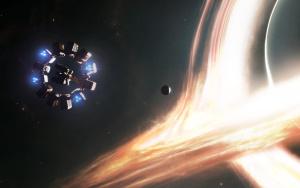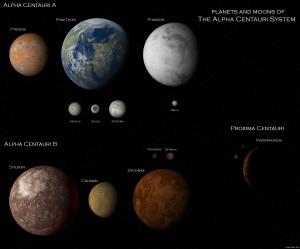Space Revolution Ahead!
Journey to Red Planet has never been that short! And yet with this travel we’ll know more about this intriguing planet and if the martians invade us one day. Let’s be serious now :)
NASA (National Aeronautics and Space Administration) researchers have recently reported that they’ve successfully test-drove an engine called the electromagnetic propulsion, or the EM Drive, in a vacuum that replicates space.
The EM Drive experimental system could take humans to Mars in just 70 days without the need for rocket fuel, and it’s no exaggeration to say that this could change everything. But before we get too excited (who are we kidding, we’re already freaking out), it’s important to note that these results haven’t been replicated or verified by peer review, so there’s a chance there’s been some kind of error. But so far, despite a thorough attempt to poke holes in the results, the engine seems to hold up.

The EM Drive is controversial because it seems to violate one of the fundamental concepts of physics – the conservation of momentum, which states that for something to be propelled forward, it needs some kind of propellant to be pushed out in the opposite direction. But the EM Drive doesn’t require any propellant in order to create thrust, it simply relies on electromagnetic waves.
So what does all this mean? If the results can be replicated and verified in a vacuum (something that Eaglework engineers plan to do in the coming months), it would change the way we travel in space, and open up access not only to planets in our own Solar System, but in the systems beyond.
The research group at Eaglework, predicts that a crewed mission to Mars inside a 2 MegaWatt nuclear electric propulsion spacecraft, powered by an EM Drive with a thrust/power input of 0.4 Newton/kW, could get to Mars in a mind-boggling 70 days.
Even more impressively, the NASA researchers predict that a trip to Alpha Centauri, the closest star system to our Solar System, would take just 92 years.

Harold Sonny White, the leader of the Eaglework Labs at NASA, also adds that the engine could be used to send cheap solar-harvesting satellites into space, with the ability to beam the power back to Earth. “We will go to Mars, but the most important thing is what EM Drive will do for the rest of the world. It will be solar power stations, city-to-city long-haul flights using hydrogen. It’s green and convenient and will change our world in the next few decades,”
The NASA engineers also reported on the forums that they’d fired lasers into the EM Drive’s resonance chamber and that some of the laser beams had traveled faster than the speed of light, at around 300,000 kilometres per second… suggesting that the EM Drive may have produced a warp bubble like the kind that allows travel faster than the speed of light in Star Trek.
B.

